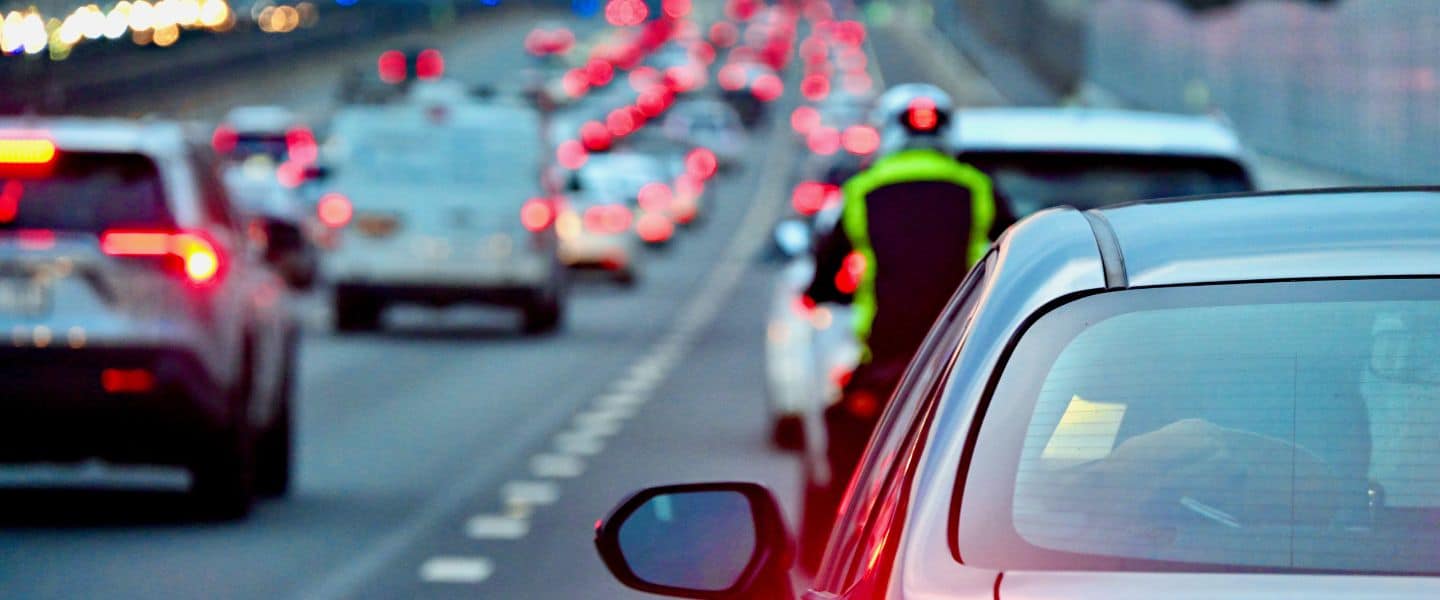
Request Free Consultation
To get answers to questions about your injury, contact Catalano Law for a FREE case evaluation. We’ll assess your case, explain your legal options, and recommend the next steps at no cost. We’re here when you need us.
Contact Form
General Contact Form

If you live or work in Syracuse, you probably know how busy traffic gets on the local highways. Whether you travel on Interstate 81, Route 481, or the New York State Thruway (I-90), merging safely requires awareness, good timing, and defensive driving techniques.
Unfortunately, not all drivers merge correctly. Even a small merging error can lead to severe crashes, multi-car pile-ups, and serious injuries at highway speeds.
Learn the most common merging mistakes and get tips on being a safer driver when merging on the highway. If you’ve been injured, a Syracuse car accident lawyer can help you pursue the compensation you deserve.
5 Common Mistakes Drivers Make While Merging
Merging may seem like second nature for drivers in New York, but many still make these five common mistakes that put themselves and others at risk:
1. Fail to Check Blind Spots
Entering a highway requires drivers to be careful of their surroundings. Checking the mirrors isn’t enough; blind spots can hide other vehicles. Attempting to merge without physically turning and checking for cars in adjacent lanes can cause a collision and contribute to a highway crash.
2. Not Using Turn Signals
Safe drivers should always use turn signals before changing directions, including when merging onto the highway. However, many drivers fail to do so.
Signaling in advance warns other drivers when a vehicle is about to merge, giving them enough time to adjust their speed or position. Without it, other drivers may not realize another vehicle is about to enter their lane, increasing the risk of a collision.
3. Merging Too Quickly or Too Slowly
Even after checking blind spots or signaling, merging at the wrong speed can be dangerous. It is the merging driver’s responsibility to bring their vehicle’s speed in line with the flow of traffic.
Merging too slowly can cause rear-end accidents, whereas merging too quickly can cause drivers to overestimate the gap between other vehicles, increasing the risk of cutting them off and causing crashes.
4. Not Yielding to Vehicles Already in the Lane
Although it’s courteous for highway drivers to change lanes to accommodate merging vehicles, it’s not a legal requirement. The law states that merging drivers do not have the right of way and must yield to vehicles already in the lane. Failing to do so can lead to serious accidents, from minor sideswipes to high-impact crashes.
5. Distracted Merging
Distractions such as texting, adjusting GPS, or talking to a passenger make it easy for drivers to miscalculate gaps, forget to check mirrors, or fail to signal. Even a momentary lapse in focus can result in a collision when merging.
Avoiding these mistakes can help prevent dangerous merging accidents. By following safety practices, drivers can reduce risks and merge more smoothly onto highways.
How to Merge Safely and Avoid Accidents
Safe merging requires patience, awareness, and proper timing. Use these tips to avoid accidents:
- Check Your Mirrors and Blind Spots: Before merging, check your mirrors and physically turn your head to check your blind spots. Don’t change lanes until you’ve confirmed it’s safe.
- Use Your Turn Signal Early: Signal before merging. This gives other drivers time to react and adjust their speed.
- Adjust Speed to Match Traffic Flow: Use the merging lane to bring your vehicle up to speed with the flow of traffic.
- Wait for a Safe Opening: Avoid cutting off other drivers or forcing your way into a tight gap. Instead, wait for a clear opening with enough space to merge safely. If no space is available, be prepared to stop in the merging lane and wait until it’s safe to enter.
Liability in Merging Accidents
Under New York law, drivers already traveling on the highway have the right of way, making it the merging driver’s responsibility to take all necessary precautions before entering a lane. If a merging driver fails to do so safely, they are typically considered at fault for an accident.
However, there are exceptions. If a highway driver speeds, drives recklessly, or engages in aggressive behavior, they may share or bear liability for a crash.
If you’ve been in a merging accident, an experienced Syracuse car accident lawyer can assess whether another driver was at fault. They can evaluate your case, gather evidence, and help you pursue compensation for medical expenses, vehicle repairs, property damage, and lost wages.
Contact a Syracuse Car Accident Lawyer for Help
Don’t let a merging accident leave you with mounting expenses and uncertainty. The experienced Syracuse car accident lawyers at Catalano Law are ready to fight on your behalf to secure the compensation you need. Contact us today for a free, no-obligation case consultation.

